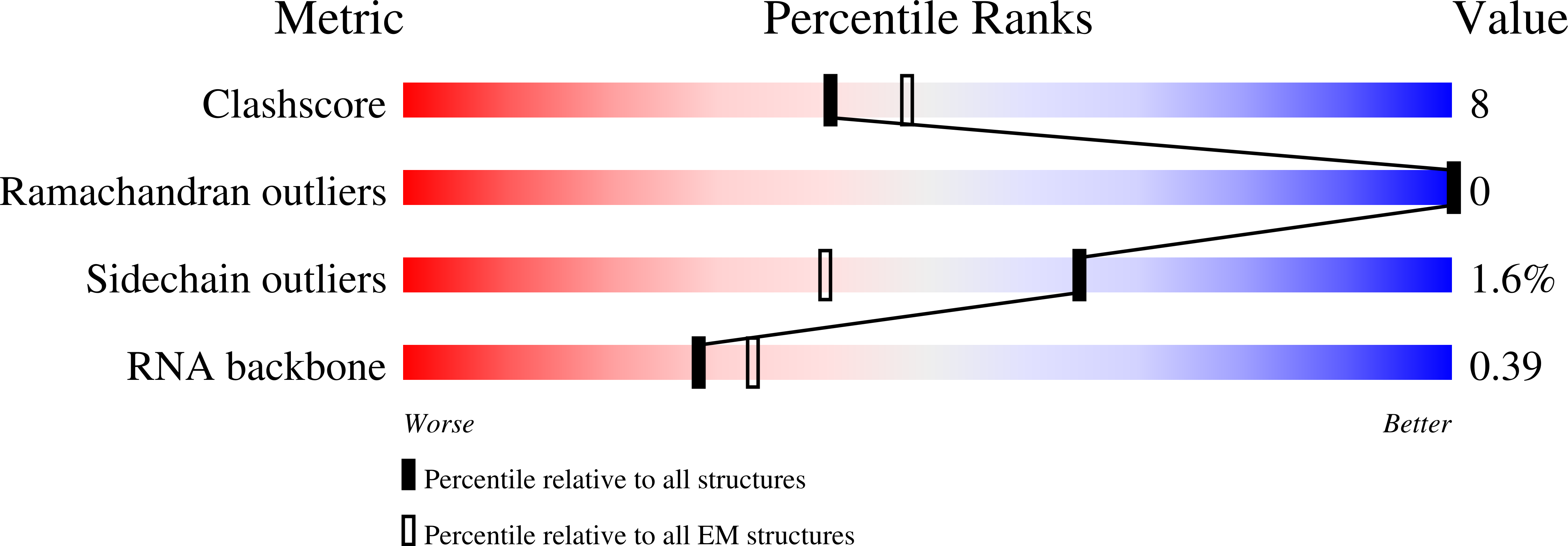
Deposition Date
2020-02-04
Release Date
2020-11-25
Last Version Date
2024-11-13
Entry Detail
PDB ID:
6XZG
Keywords:
Title:
Influenza C virus polymerase in complex with chicken ANP32A - Subclass 3
Biological Source:
Source Organism:
Influenza C virus (strain C/Johannesburg/1/1966) (Taxon ID: 100673)
Gallus gallus (Taxon ID: 9031)
Synthetic construct (Taxon ID: 32630)
Gallus gallus (Taxon ID: 9031)
Synthetic construct (Taxon ID: 32630)
Host Organism:
Method Details:
Experimental Method:
Resolution:
3.80 Å
Aggregation State:
PARTICLE
Reconstruction Method:
SINGLE PARTICLE


